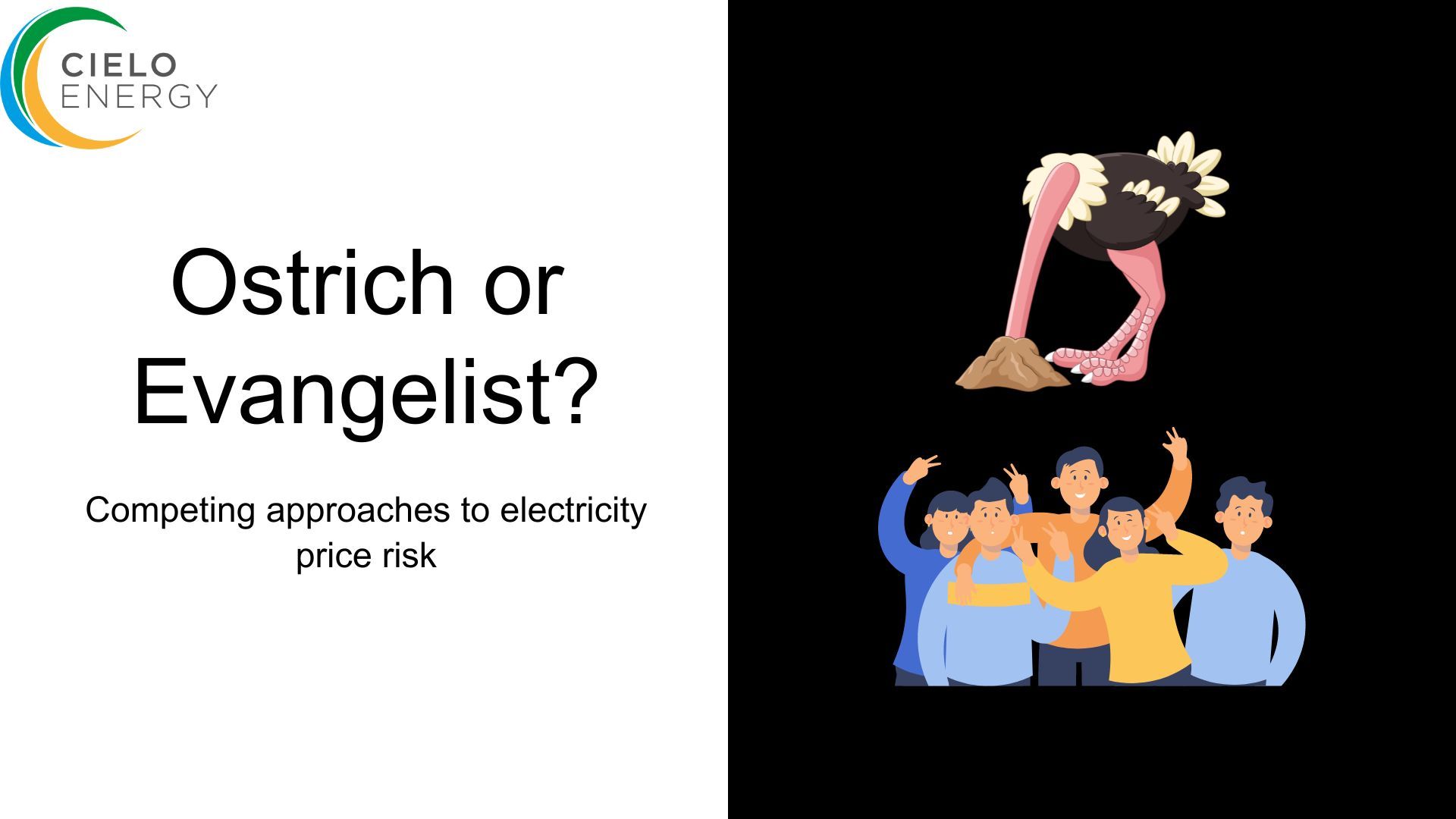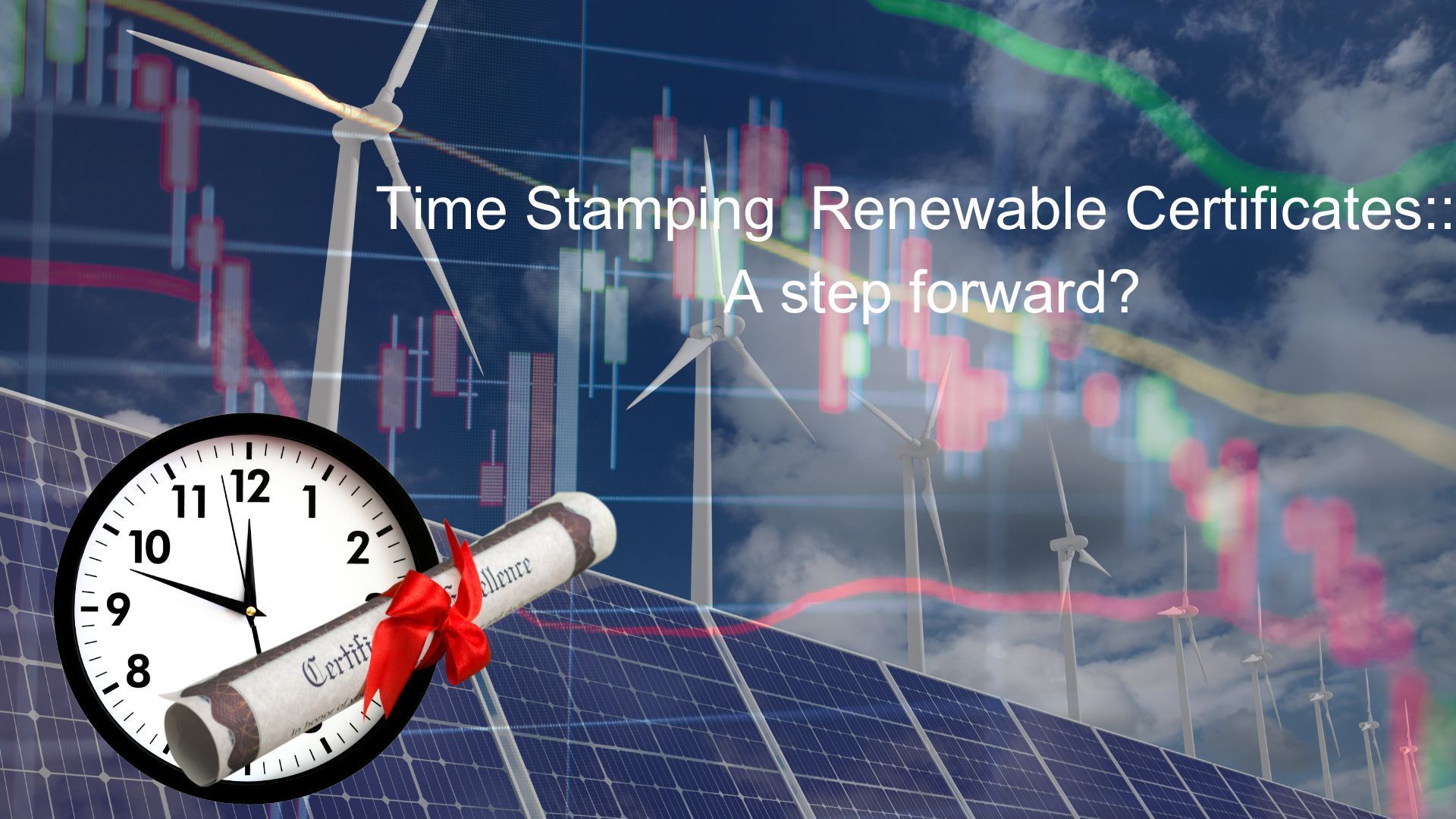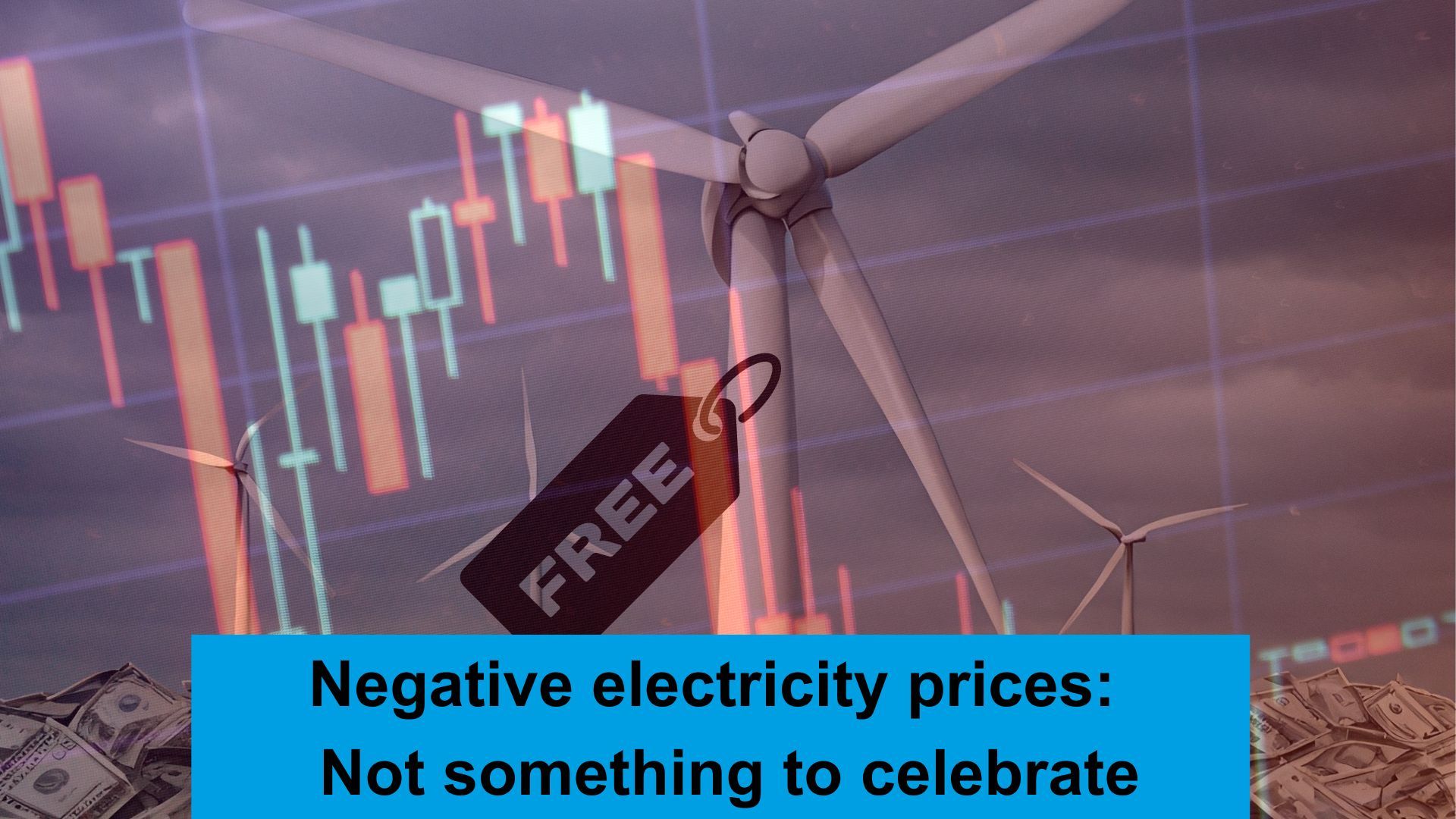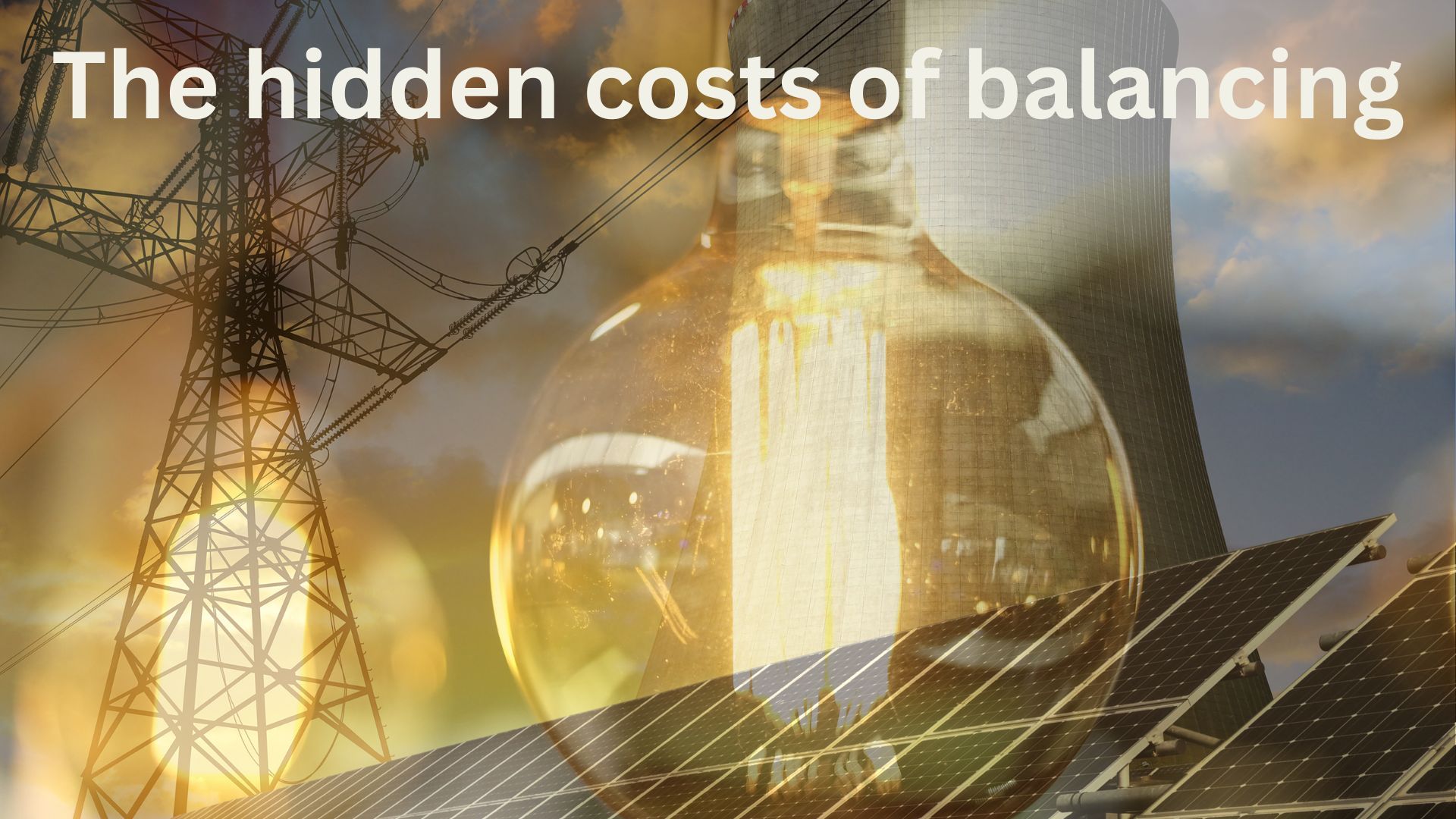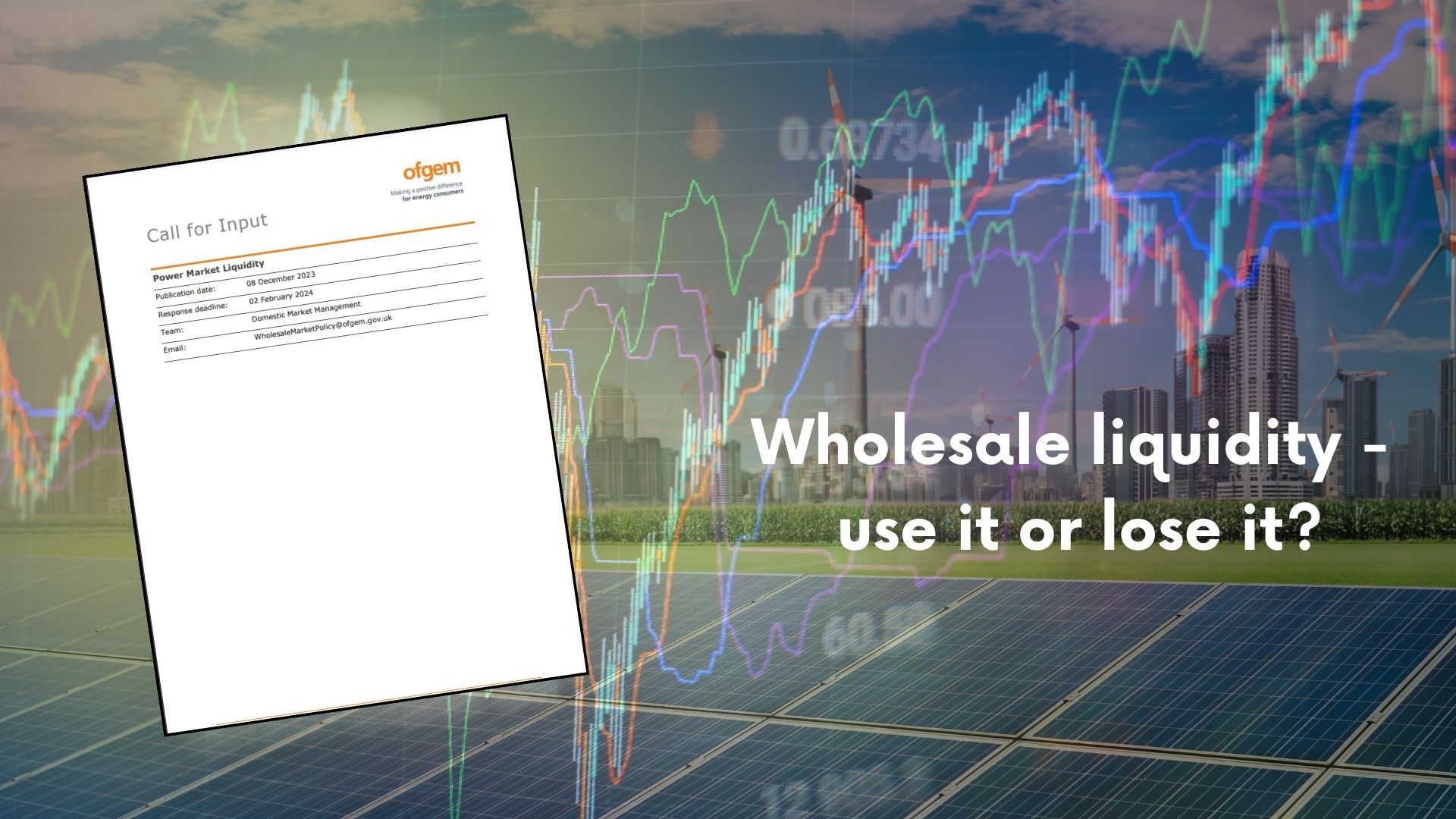If you manage energy price risk as a seller or buyer – use the price cap to show what not to do.

Each quarter over the last couple of years, Ofgem’s announcement of the domestic price cap has been headline news. Some consultancies even compete to predict the future level of the cap, and it gets picked up by media.
However, it isn’t really a cap that serves much useful purpose, but understanding the mechanism within it provides a guide of how not to manage price risk.
What is actually capped?
The ‘Cap’ is a cap on how much suppliers can charge per unit consumed (and day). It provides very little budget security to those it is supposed to protect (consumers).
The regulator quotes prices as a £/year number, despite this only being applicable for a non-existent average customer in an average location.
How the cap works
In simple terms, the price cap simply delays market price movements impacting customers by a rolling 3 month period.
The price of each quarter is set at the average of the market price for that quarter over the 3 months before delivery. So, prices for the first quarter of 2024 are essentially the average of wholesale prices in the last quarter of 2023 (with a lag to allow for calculation and implementation of the cap price).
What’s wrong with this?
- It isn’t a cap (nor is it designed to be in reality). Averaging has its uses, but not as a cap.
- The cap price simply uses the average market price and allows suppliers to pass this through. That notionally allows suppliers to manage the price risks of the cap; but leaves significant volume risk for them to manage – which is another story.
- There is no protection from price trends. Prices tend to shock upwards, so although the current quarter may be set, more long-term prices aren’t. Likewise if prices fall rapidly the gap between market and cap is large.
- It makes budgeting nearly impossible for consumers. Its great if you’re happy just averaging, less so if absolute income or cost actually matters. This is the reason why government had to step in during the Ukraine crisis.
- A quoted annual number against when the price can move quarterly is meaningless.
- The inherent price seasonality in energy. Q1 being higher than Q4, and both higher than summer mean prices will change each quarter – and be higher when demand is also generally higher. Price seasonality can be found in all short dated energy products, and may not be appropriate for businesses to manage.
How could it be more effective?
A cap (or floor for sellers) in most instances is actually just that. By setting price level that is acceptable, but probably painful, it allows business to continue effectively by executing a stop to its market risk exposure.
The purpose should be to provide a ‘stop’ – a point at which prices are fixed in order to protect the business from market shocks.
Creating a cap can be done in different ways, from embedding it in a long term contract to using it as the basis for a hedging strategy. However, it needs to work in conjunction with wider objectives rather than existing in isolation.
In fairness to the domestic price cap, it is trying to solve a complex poorly defined problem and is pretty much always destined to fail because of the wider market context in which it operates. Regulatory caps in general are a bad idea, but caps executed by companies that understand their risks can be invaluable.
FYI – drawing lines on a price graph does not create a cap!
If you’re looking to manage complex energy market risks, an effective limit within your hedging strategy can be very valuable if done correctly.
Share this on social media






